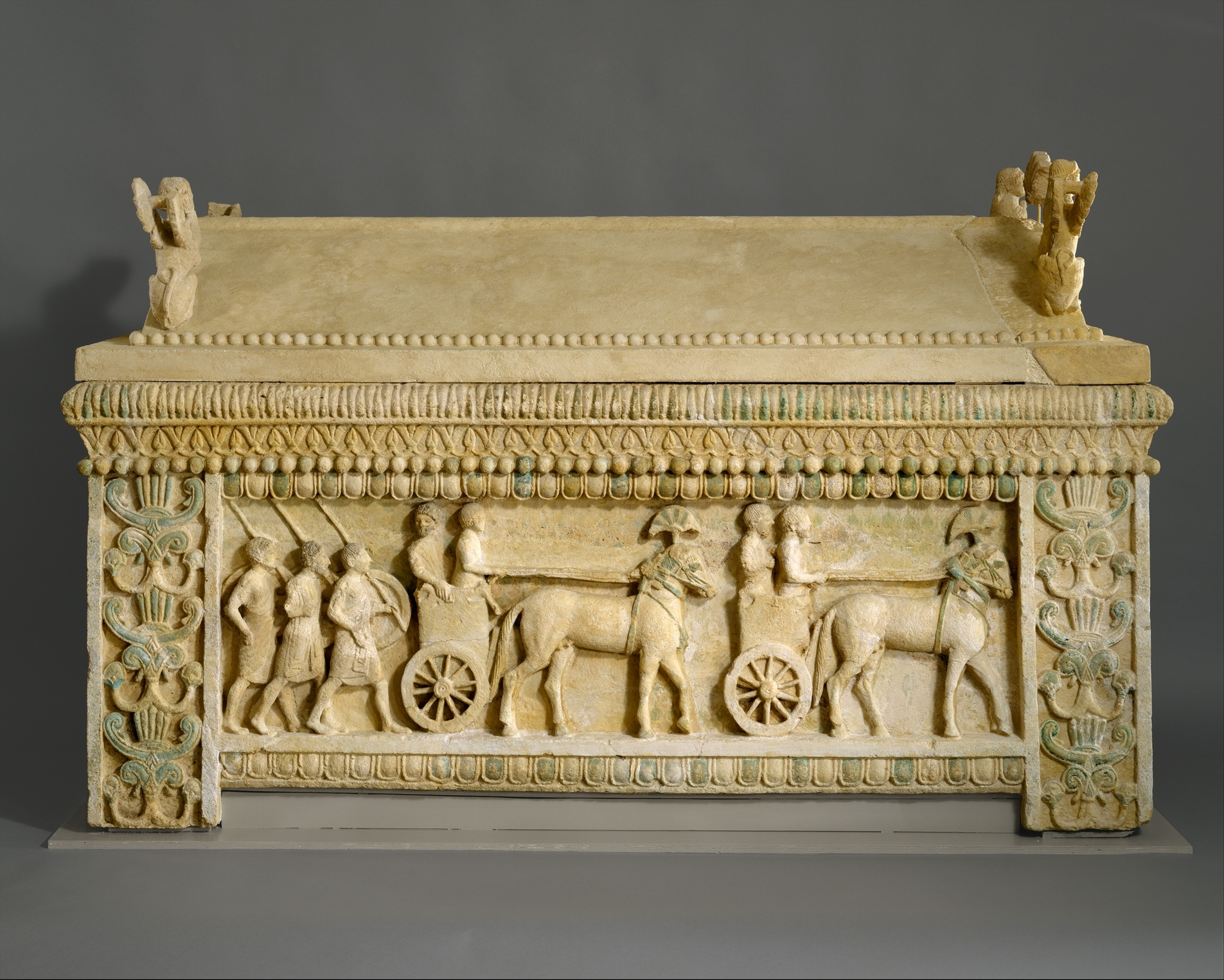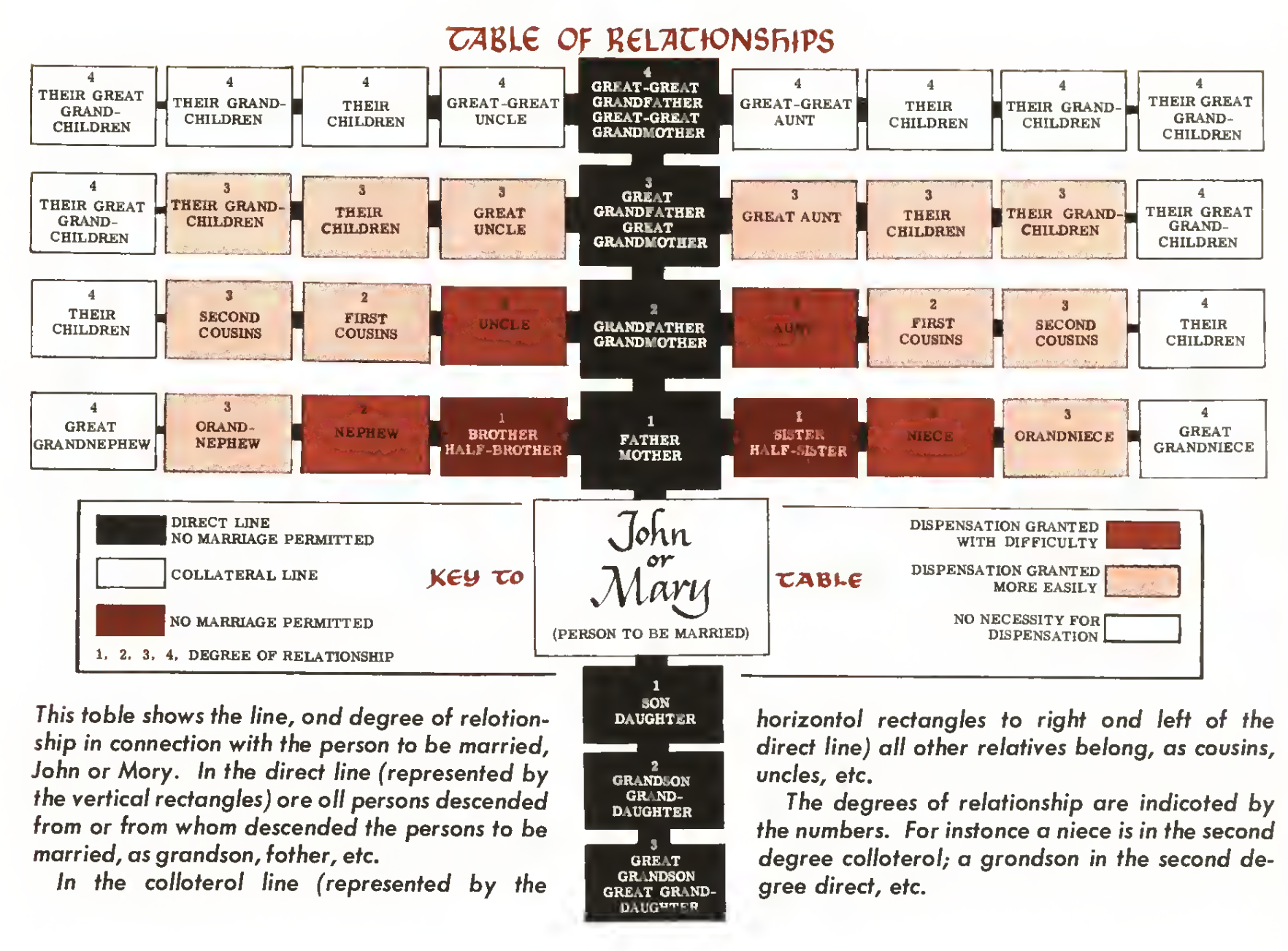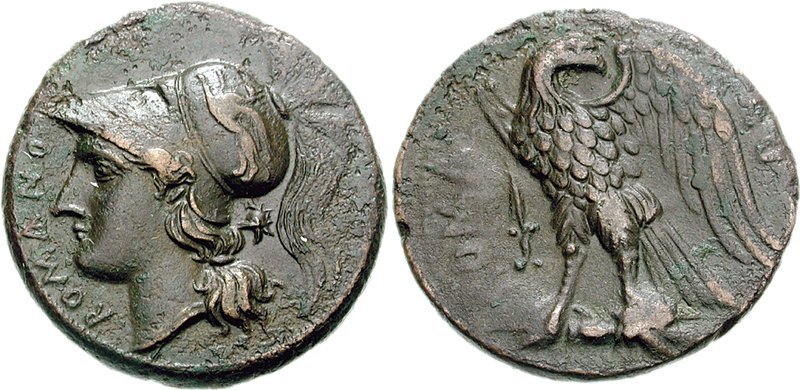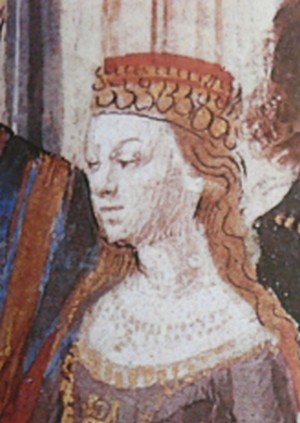|
Berengaria Of Navarre
Berengaria of Navarre (, , ; 1165–1170 – 23 December 1230) was Queen of England as the wife of Richard I of England. She was the eldest daughter of Sancho VI of Navarre and Sancha of Castile. As is the case with many of the medieval English queens, little is known of her life. Traditionally known as "the only English queen never to set foot in the country", she may in fact have visited England after her husband's death, but did not do so before, nor did she see much of Richard during her marriage, which was childless. She did (unusually for the wife of a crusader) accompany him on the start of the Third Crusade, but mostly lived in his French possessions, where she gave generously to the church, despite difficulties in collecting the pension she was due from Richard's brother and successor John after she became a widow. Early years Berengaria was born in Navarre as the eldest daughter of Sancho VI of Navarre and Sancha of Castile. In 1185, Berengaria was given ... [...More Info...] [...Related Items...] OR: [Wikipedia] [Google] [Baidu] |
L'Épau Abbey
L'Épau Abbey () is a former Cistercian abbey founded by the English queen Berengaria of Navarre in 1229. It is located on the outskirts of the city of Le Mans, on the left bank of the Huisne, adjoining the town of Yvré-l'Évêque. The abbey was suppressed in the French Revolution. The surviving buildings came close to destruction on several occasions, but their preservation was finally assured in 1958 by the General Council of the Sarthe department. History Origins Perseigne Abbey, built within the confines of Norman Maine by the powerful William III of Bellême, can be considered the oldest Cistercian abbey in Maine. It was built in 1145, and is today situated in the commune of Neufchâtel-en-Saosnois. All that remains of it today is a section of wall. During the second millennium, Le Mans saw the construction of several abbeys. Religious faith was booming in the town: The renowned La Couture abbey was built, as were the Saint-Pierre, Saint-Paul and Saint-Vincent abbeys. ... [...More Info...] [...Related Items...] OR: [Wikipedia] [Google] [Baidu] |
Troubadour
A troubadour (, ; ) was a composer and performer of Old Occitan lyric poetry during the High Middle Ages (1100–1350). Since the word ''troubadour'' is etymologically masculine, a female equivalent is usually called a ''trobairitz''. The troubadour school or tradition began in the late 11th century in Occitania, but it subsequently spread to the Italian and Iberian Peninsulas. Under the influence of the troubadours, related movements sprang up throughout Europe: the Minnesang in Germany, '' trovadorismo'' in Galicia and Portugal, and that of the trouvères in northern France. Dante Alighieri in his '' De vulgari eloquentia'' defined the troubadour lyric as ''fictio rethorica musicaque poita'': rhetorical, musical, and poetical fiction. After the "classical" period around the turn of the 13th century and a mid-century resurgence, the art of the troubadours declined in the 14th century and around the time of the Black Death (1348) and since died out. The texts of troubado ... [...More Info...] [...Related Items...] OR: [Wikipedia] [Google] [Baidu] |
Archbishop Of Bordeaux
The Archdiocese of Bordeaux (–Bazas) (Latin: ''Archidioecesis Burdigalensis (–Bazensis)''; French: ''Archidiocèse de Bordeaux (–Bazas)''; Occitan: ''Archidiocèsi de Bordèu (–Vasats)'') is a Latin Church ecclesiastical territory or archdiocese of the Catholic Church in France. The episcopal see is Bordeaux, Aquitaine. It was established under the Concordat of 1802 by combining the ancient Diocese of Bordeaux (diminished by the cession of part to the Bishopric of Aire"> ... by combining the ancient Diocese of Bordeaux (diminished by the cession of part to the Bishopric of Aire) with the greater part of the suppressed Diocese of Bazas. The Archdiocese of Bordeaux is a metropolis (religious jurisdiction), metropolitan see, with four suffragan dioceses in its ecclesiastical province: Roman Catholic Diocese of Agen, Dioceses of Agen, Roman Catholic Diocese of Aire and Dax, Aire and Dax, Bayonne, and Périgueux. History Constituted by the same Concordat metropolitan to t ... [...More Info...] [...Related Items...] OR: [Wikipedia] [Google] [Baidu] |
Limassol
Limassol, also known as Lemesos, is a city on the southern coast of Cyprus and capital of the Limassol district. Limassol is the second-largest urban area in Cyprus after Nicosia, with an urban population of 195,139 and a district population of 262,238. The Limassol municipality is the most populated in Cyprus, with a population of 108,105, followed by Strovolos in Nicosia. Limassol was built between two ancient Greek cities, Amathus and Kourion. Its historical centre is located around the medieval Limassol Castle and the Old Port. Today the city spreads along the Mediterranean coast and has extended much farther than the castle and port, with its suburbs stretching along the coast to Amathus. To the west of the city is Akrotiri, one of the two British Overseas Territories of Akrotiri and Dhekelia on the island. In 2014, Limassol was ranked by TripAdvisor as the 3rd up-and-coming destination in the world, in its Top 10 Traveler's Choice Destinations on the Rise list. In ... [...More Info...] [...Related Items...] OR: [Wikipedia] [Google] [Baidu] |
Isaac Comnenus Of Cyprus
Isaac Doukas Komnenos (or Ducas Comnenus, c. 1155 – 1195/1196) was a claimant to the Byzantine Empire and the ruler of Cyprus from 1185 to 1191. Contemporary sources commonly refer to him as the emperor of Cyprus. He lost the island to King Richard I of England during the Third Crusade. Family Isaac of Cyprus was a member of the royal Komnenos family. His grandfather Isaac had been bypassed by a younger brother, Manuel I Komnenos, in the succession to the Byzantine throne, instead taking the auxiliary position of ''sebastokrator''. With his first wife Theodora Kamaterina (d. 1144) Isaac the ''sebastokrator'' had a daughter, Irene Komnene, who married one Doukas Kamateros and gave birth to Isaac of Cyprus, . Life Most of the following biography is derived from the works of Byzantine historian Niketas Choniates. Isaac was the son of an otherwise obscure Byzantine aristocrat, Doukas Kamateros, and Irene Komnene, daughter of ''sebastokrator'' Isaac Komnenos. He married an Arme ... [...More Info...] [...Related Items...] OR: [Wikipedia] [Google] [Baidu] |
Cyprus
Cyprus (), officially the Republic of Cyprus, is an island country in the eastern Mediterranean Sea. Situated in West Asia, its cultural identity and geopolitical orientation are overwhelmingly Southeast European. Cyprus is the List of islands in the Mediterranean, third largest and third most populous island in the Mediterranean, after Sicily and Sardinia. It is located southeast of Greece, south of Turkey, west of Syria and Lebanon, northwest of Israel and Palestine, and north of Egypt. Its capital and largest city is Nicosia. Cyprus hosts the British Overseas Territories, British military bases Akrotiri and Dhekelia, whilst the northeast portion of the island is ''de facto'' governed by the self-declared Northern Cyprus, Turkish Republic of Northern Cyprus, which is separated from the Republic of Cyprus by the United Nations Buffer Zone in Cyprus, United Nations Buffer Zone. Cyprus was first settled by hunter-gatherers around 13,000 years ago, with farming communities em ... [...More Info...] [...Related Items...] OR: [Wikipedia] [Google] [Baidu] |
Holy Land
The term "Holy Land" is used to collectively denote areas of the Southern Levant that hold great significance in the Abrahamic religions, primarily because of their association with people and events featured in the Bible. It is traditionally synonymous with what is known as the Land of Israel ( Zion) or the Promised Land in a biblical or religious context, or as Canaan or Palestine in a secular or geographic context—referring to a region that is mostly between the Mediterranean Sea and the Jordan River. Today, it chiefly overlaps with the combined territory of the modern states of Israel and Palestine. Most notable among the religions that tie substantial spiritual value to the Holy Land are Judaism, Christianity, and Islam. A considerable part of the Holy Land's importance derives from Jerusalem, which is regarded as extremely sacred in and of itself. It is the holiest city in Judaism and Christianity and the third-holiest city in Islam (behind Mecca and Medina in ... [...More Info...] [...Related Items...] OR: [Wikipedia] [Google] [Baidu] |
Joan Of England, Queen Of Sicily
Joan of England (October 1165 – 4 September 1199) was by marriage List of Sicilian royal consorts, Queen of Sicily and Countess of Toulouse. She was the seventh child of King Henry II of England and Duchess Eleanor of Aquitaine. From her birth, she was destined to make a political and royal marriage. She married William II of Sicily and later Raymond VI, Count of Toulouse, two very important and powerful figures in the political landscape of medieval Europe. Early life Joan was born in October 1165 at Château d'Angers in County of Anjou, Anjou as the seventh child of Henry II of England, Henry II, King of England and his queen consort, Eleanor of Aquitaine. She spent her youth at her mother's courts at Winchester and Poitiers. As a young Angevin princess, Joan's early education consisted of subjects to ready her for a dynastic marriage. She likely learned how to sew and weave, sing, play an instrument, and ride a horse – a pastime that she might have loved because she menti ... [...More Info...] [...Related Items...] OR: [Wikipedia] [Google] [Baidu] |
Affinity (Catholic Canon Law)
In Catholic canon law, affinity is an impediment to marriage of a couple due to the relationship which either party has as a result of a kinship relationship created by another marriage or as a result of extramarital intercourse. The relationships that give rise to the impediment have varied over time. Marriages and sexual relations between people in an affinity relationship are regarded as incest. Today, the relevant principle within the Catholic Church is that "affinity does not beget affinity"—i.e., there is no affinity between one spouse's relatives and the other spouse's relatives. Canon 109 of the '' Code of Canon Law'' of the Catholic Church provides that affinity is an impediment to the marriage of a couple, and is a relationship which "arises from a valid marriage, even if not consummated, and exists between a man and the blood relatives of the woman and between the woman and the blood relatives of the man." Also, affinity "is reckoned in such a way that the blood re ... [...More Info...] [...Related Items...] OR: [Wikipedia] [Google] [Baidu] |
Henry II Of England
Henry II () was King of England The monarchy of the United Kingdom, commonly referred to as the British monarchy, is the form of government used by the United Kingdom by which a hereditary monarch reigns as the head of state, with their powers Constitutional monarchy, regula ... from 1154 until his death in 1189. During his reign he controlled Kingdom of England, England, substantial parts of Wales in the High Middle Ages, Wales and Lordship of Ireland, Ireland, and much of Kingdom of France, France (including Duchy of Normandy, Normandy, County of Anjou, Anjou, and Duchy of Aquitaine, Aquitaine), an area that altogether was later called the Angevin Empire, and also held power over Kingdom of Scotland, Scotland and the Duchy of Brittany. Henry was the eldest son of Geoffrey Plantagenet, Count of Anjou, and Empress Matilda, Matilda, daughter of Henry I of England. By the age of fourteen, he became politically and militarily involved in The Anarchy, his mother's efforts ... [...More Info...] [...Related Items...] OR: [Wikipedia] [Google] [Baidu] |
Messina
Messina ( , ; ; ; ) is a harbour city and the capital city, capital of the Italian Metropolitan City of Messina. It is the third largest city on the island of Sicily, and the 13th largest city in Italy, with a population of 216,918 inhabitants in the city proper and about 595,948 in the metropolitan city as of 2025. It is located near the northeast corner of Sicily, at the Strait of Messina and it is an important access terminal to Calabria region, Villa San Giovanni, Reggio Calabria on the mainland. Founded by the Sicels with the name of ''Zancle'' in 757 BC, which in Siculian, their language meant sickle, it was repopulated by Greek colonisation, Greek colonists of Magna Graecia and renamed ''Messana''. The city was renamed ''Messina'' in the Byzantine Empire, Byzantine age. It was an important Roman Empire, Roman, and then Byzantine Empire, Greek-Byzantine city, but in 843 it was completely destroyed by the Arabs. Almost abandoned during the Islamic period, it rose again i ... [...More Info...] [...Related Items...] OR: [Wikipedia] [Google] [Baidu] |
Philip II Of France
Philip II (21 August 1165 – 14 July 1223), also known as Philip Augustus (), was King of France from 1180 to 1223. His predecessors had been known as kings of the Franks (Latin: ''rex Francorum''), but from 1190 onward, Philip became the first French monarch to style himself "King of France" (''rex Francie''). The son of King Louis VII and his third wife, Adela of Champagne, he was originally nicknamed () because he was a first son and born late in his father's life. Philip was given the epithet "Augustus" by the chronicler Rigord for having extended the crown lands of France so remarkably. After decades of conflicts with the House of Plantagenet, Philip succeeded in putting an end to the Angevin Empire by defeating a coalition of his rivals at the Battle of Bouvines in 1214. This victory would have a lasting impact on western European politics: the authority of the French king became unchallenged, while John, King of England, was forced by his barons to assent to Magna C ... [...More Info...] [...Related Items...] OR: [Wikipedia] [Google] [Baidu] |








